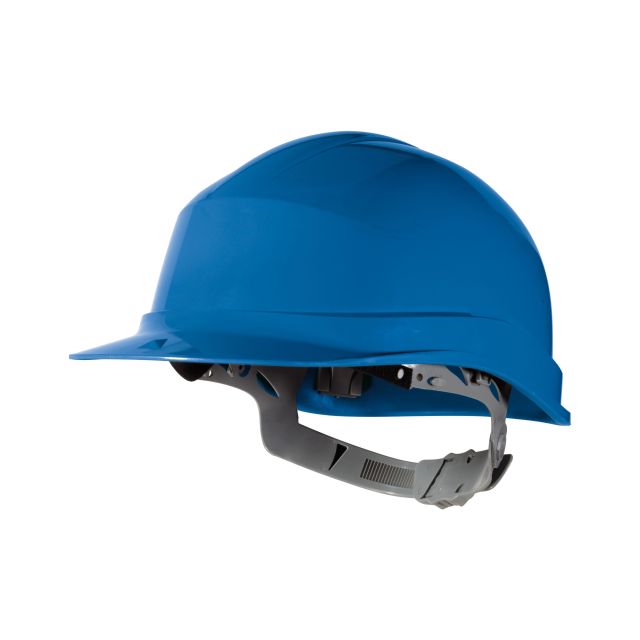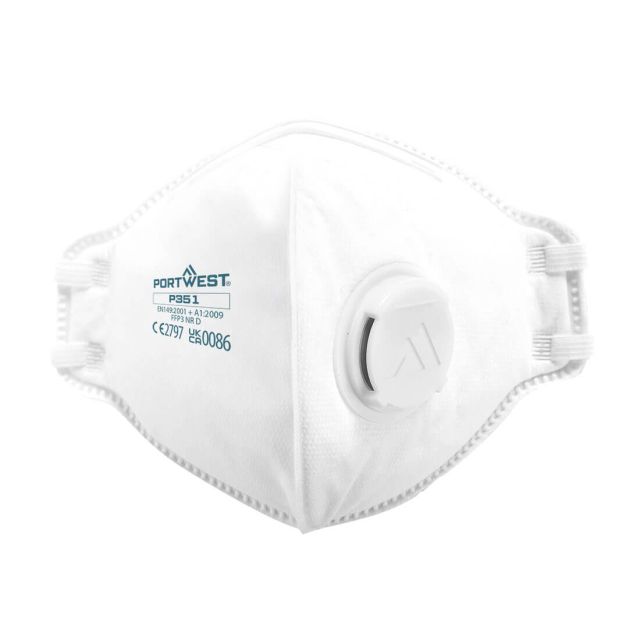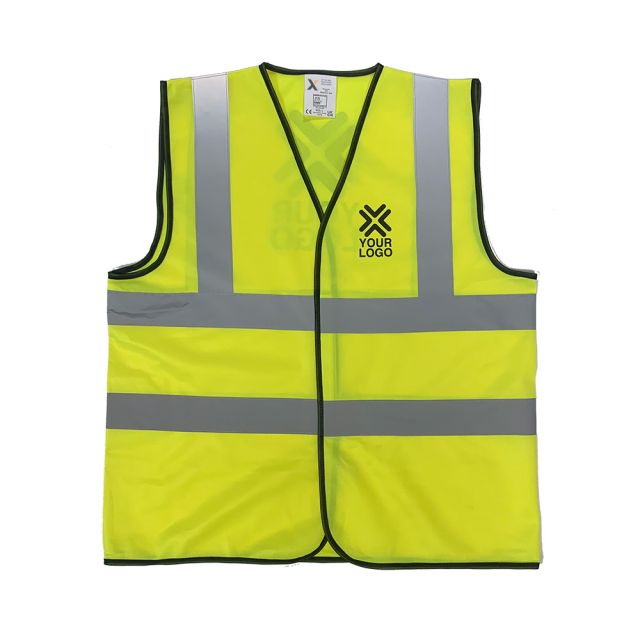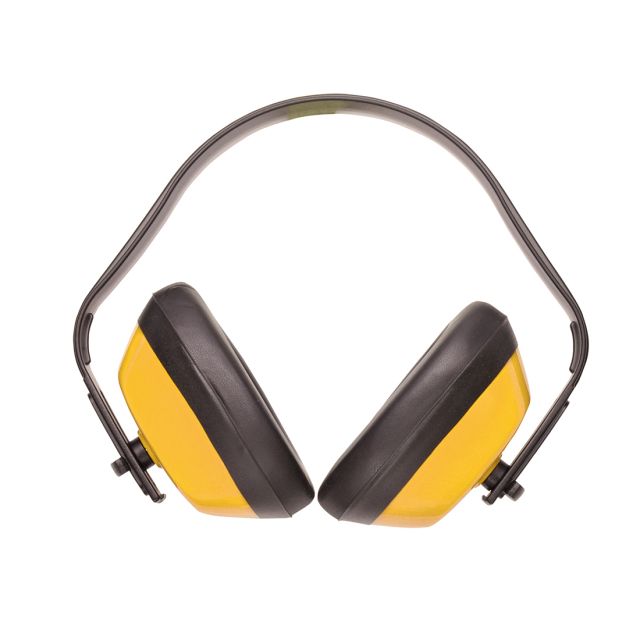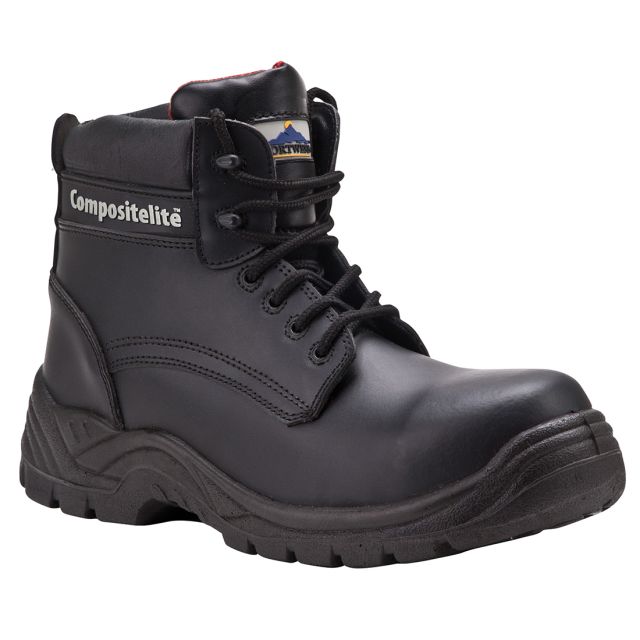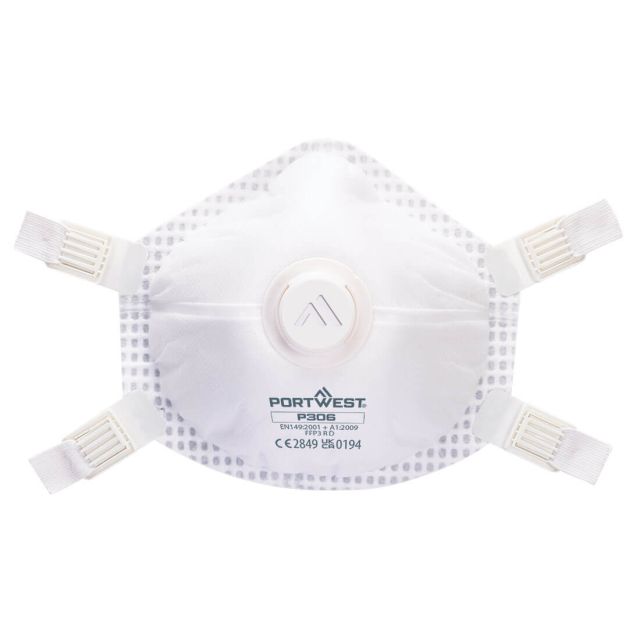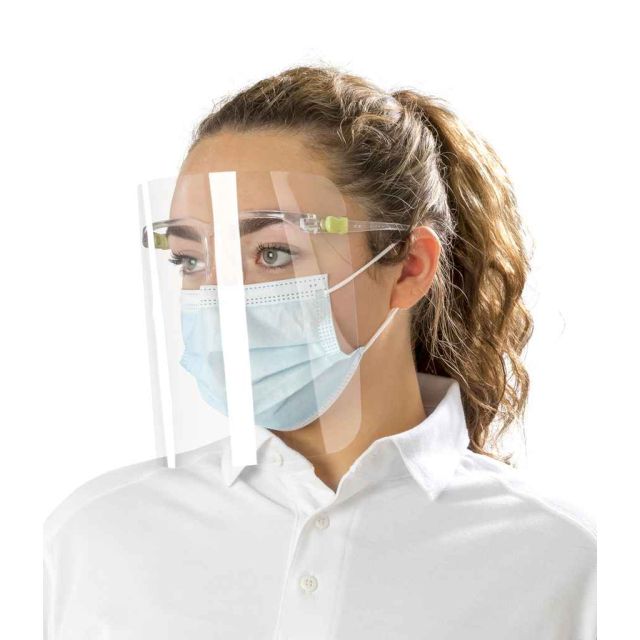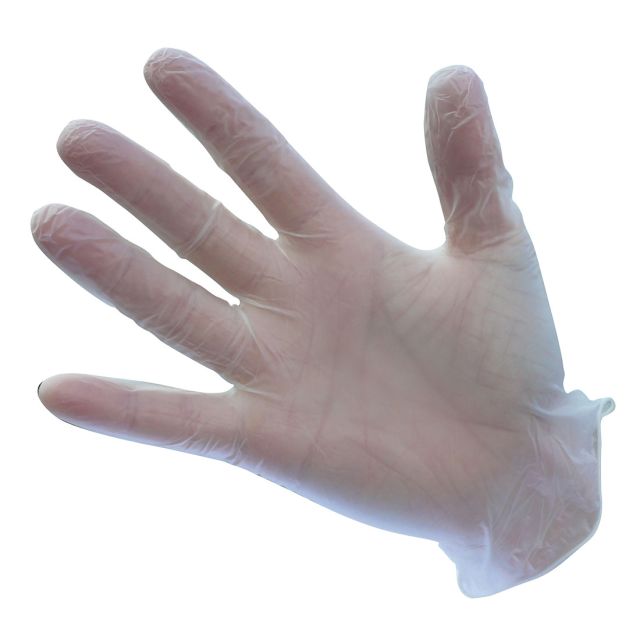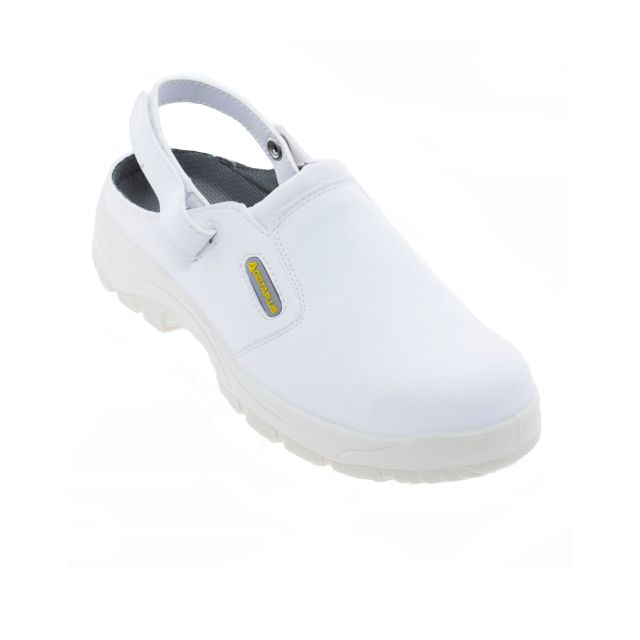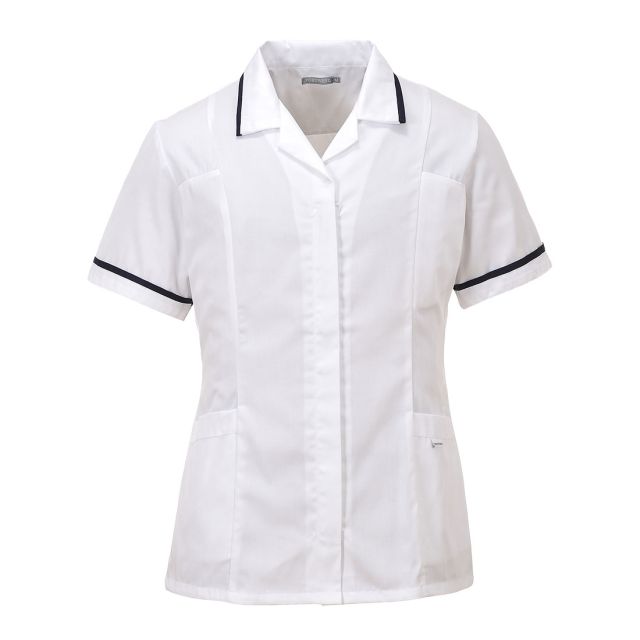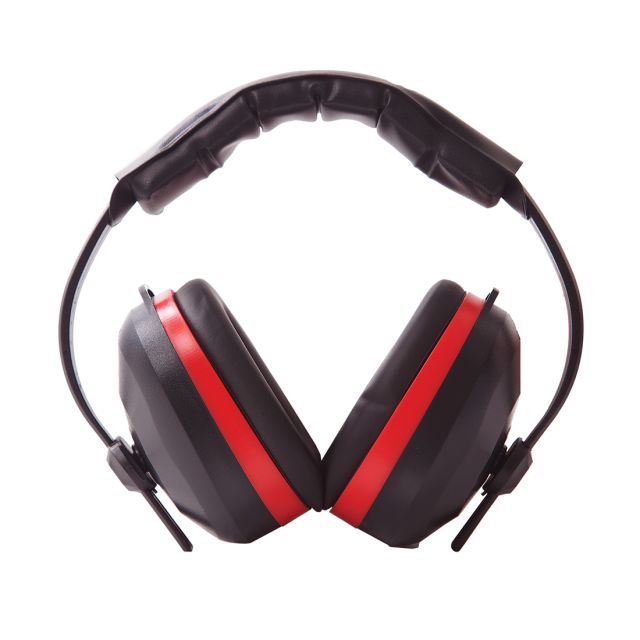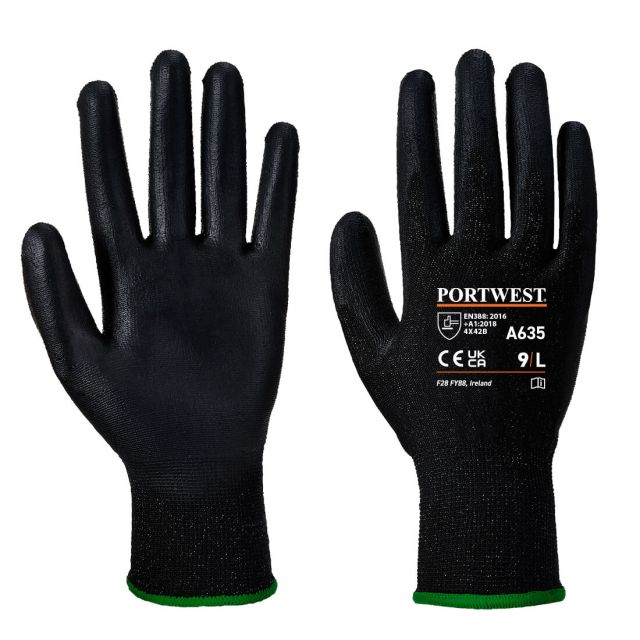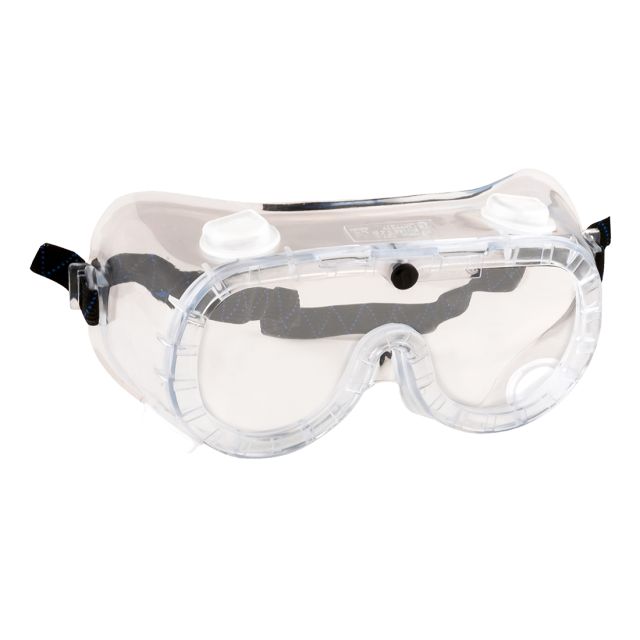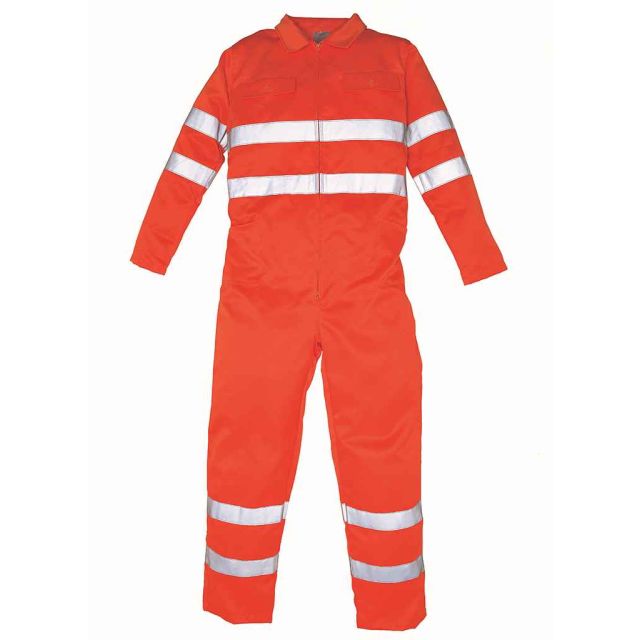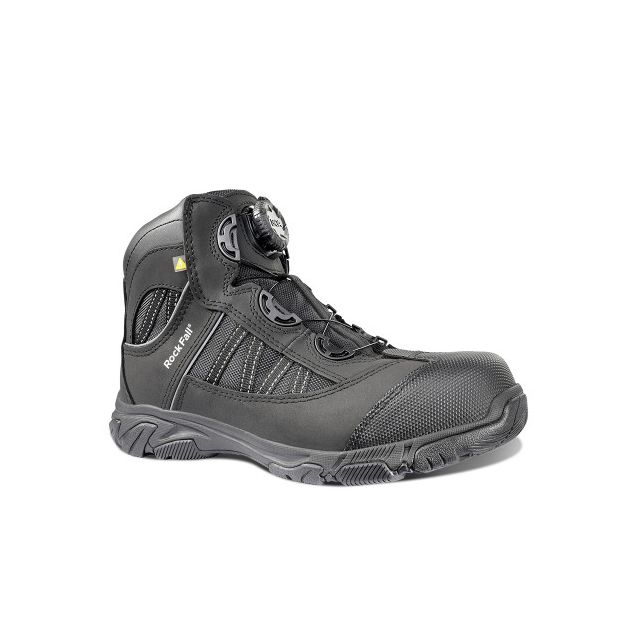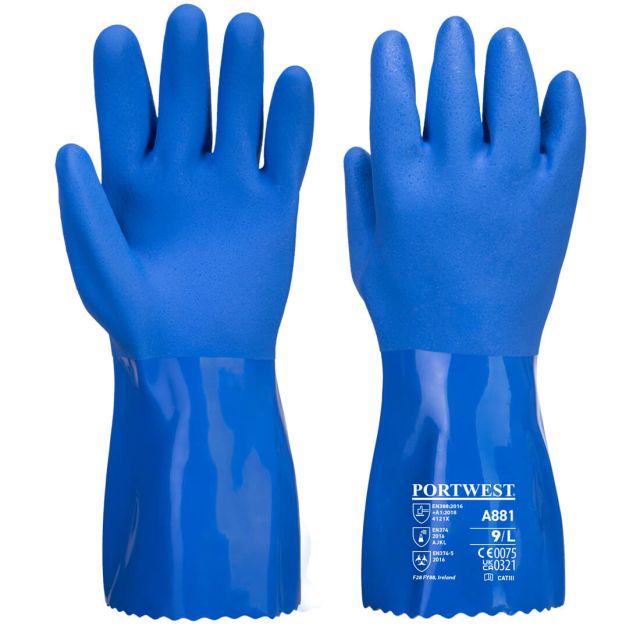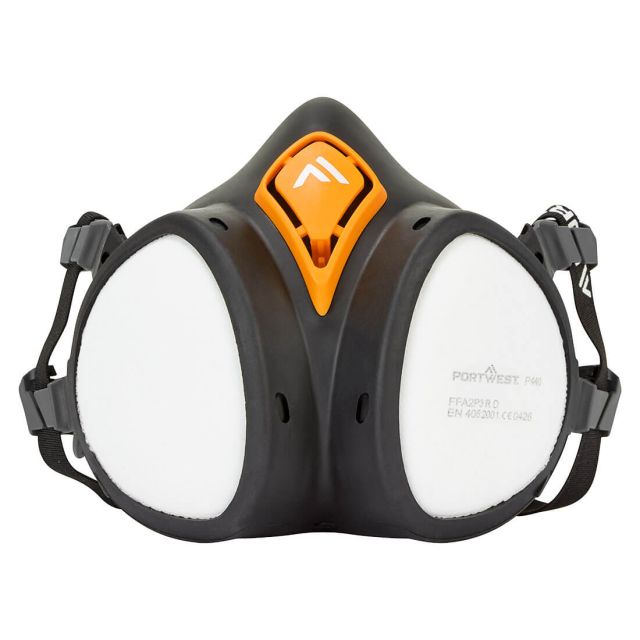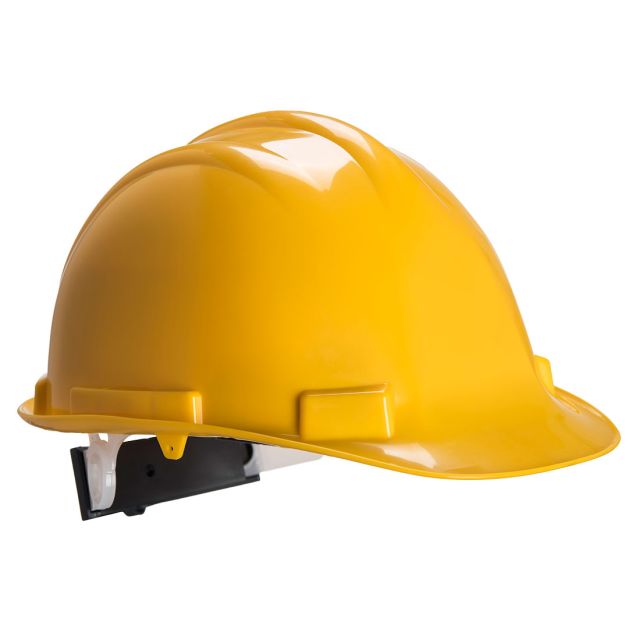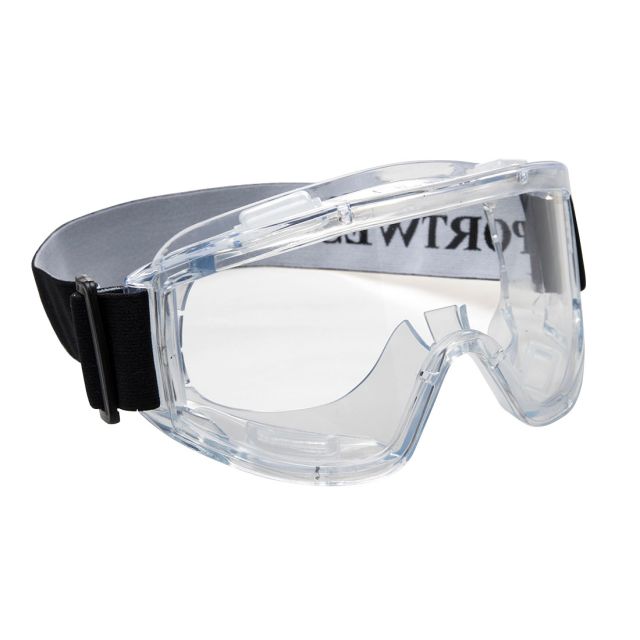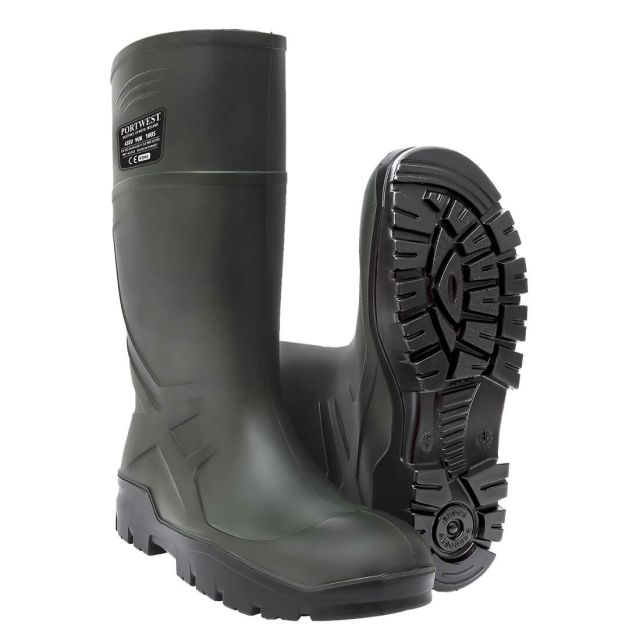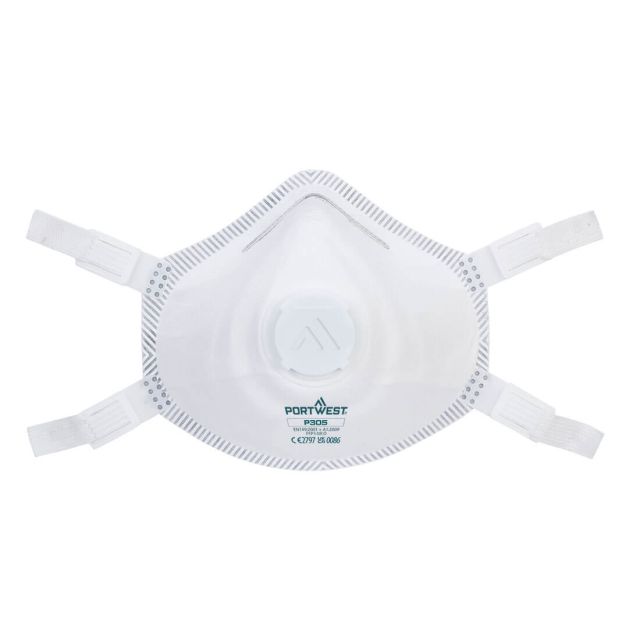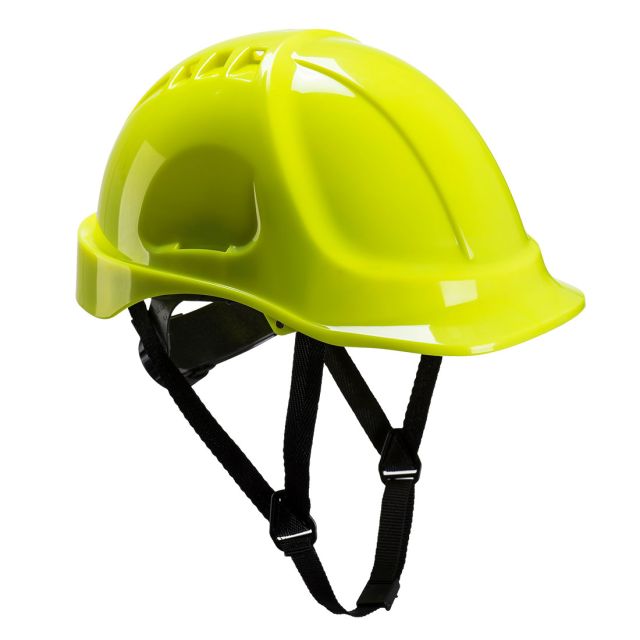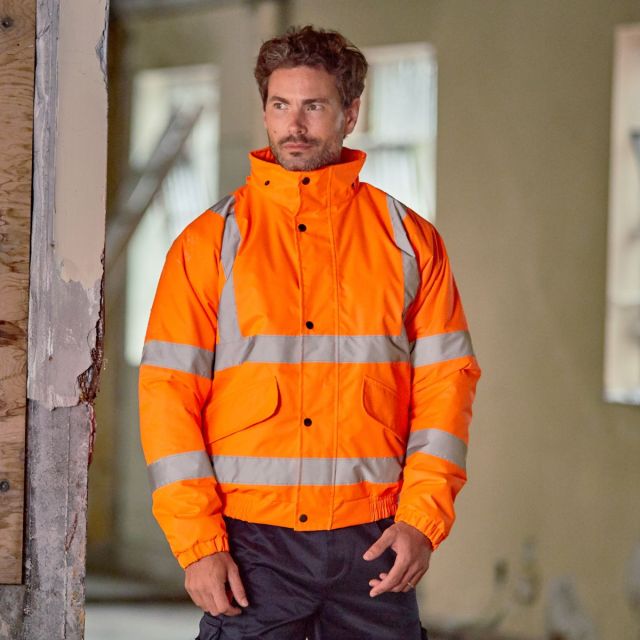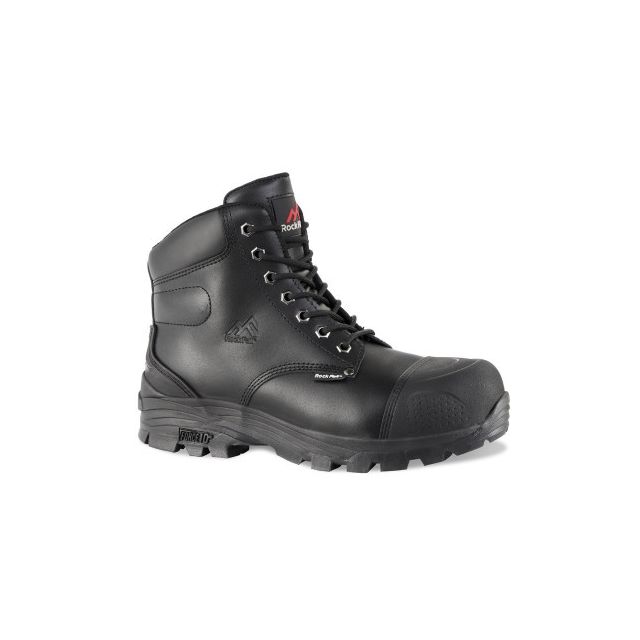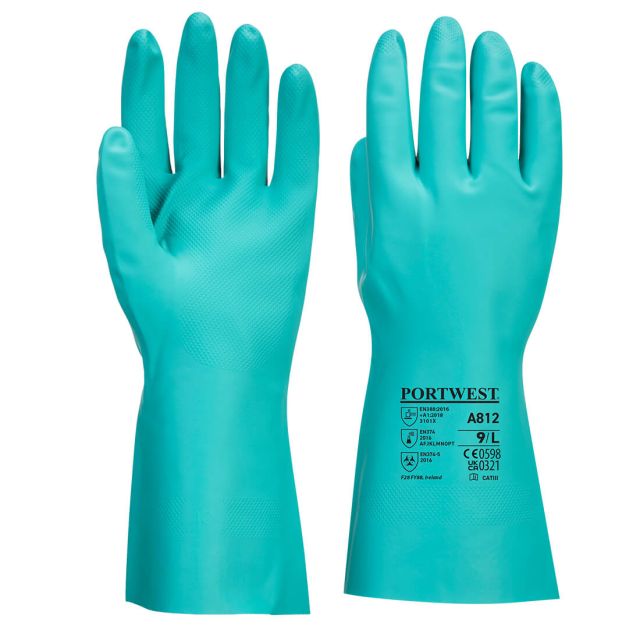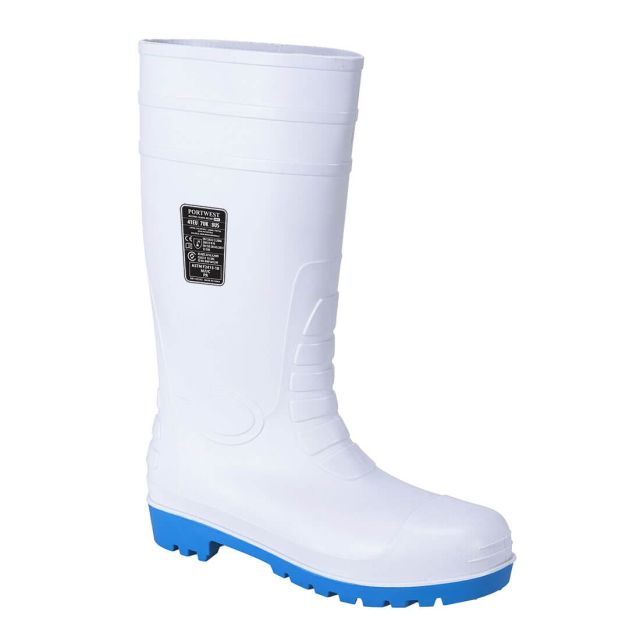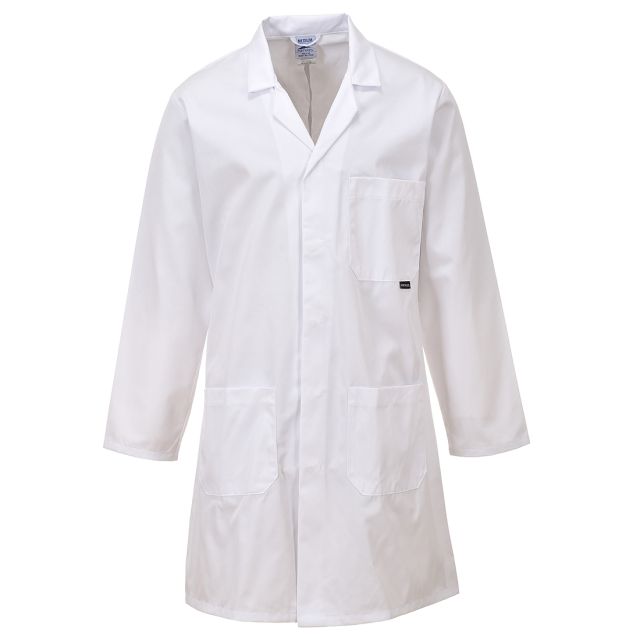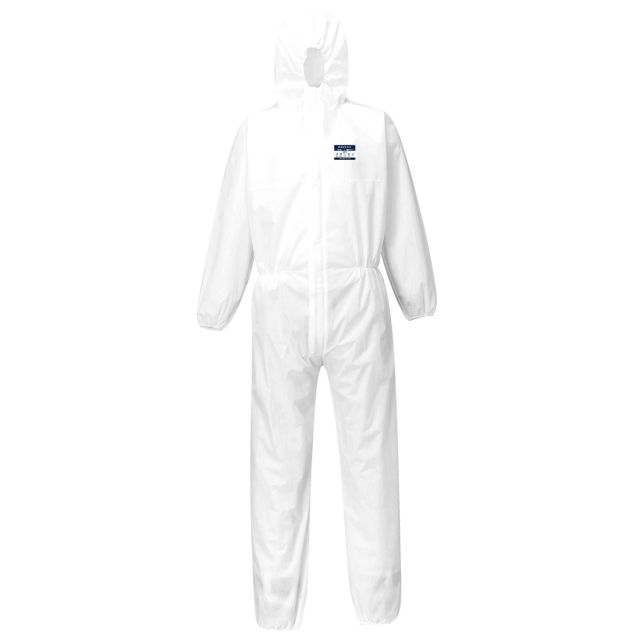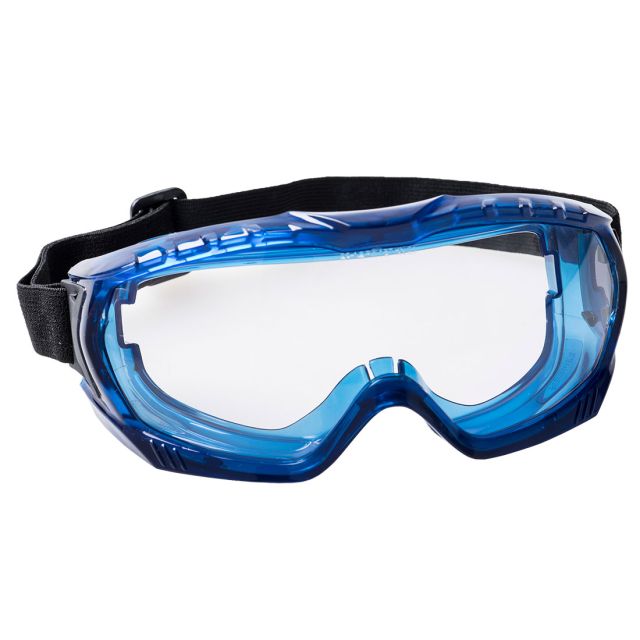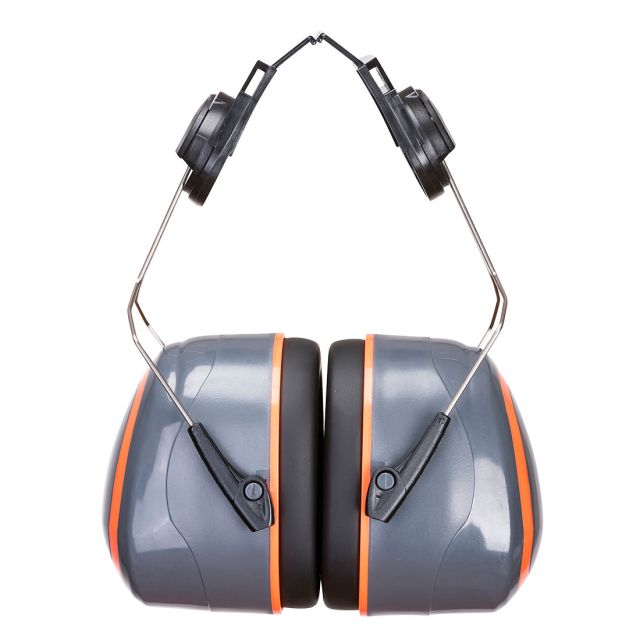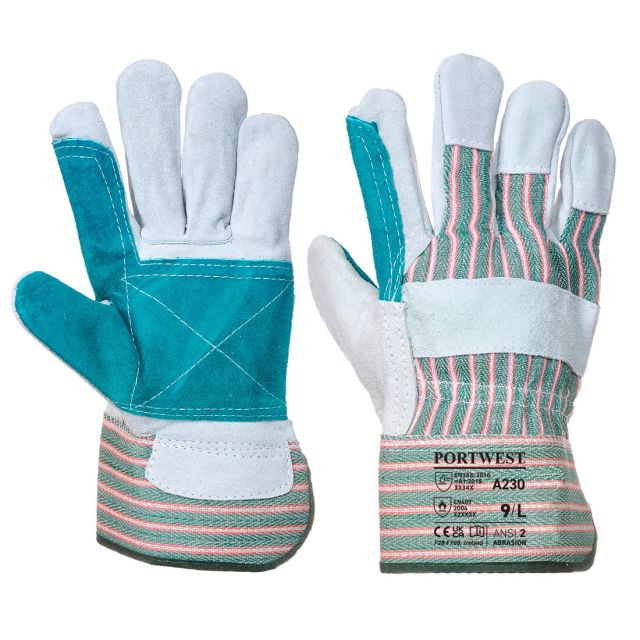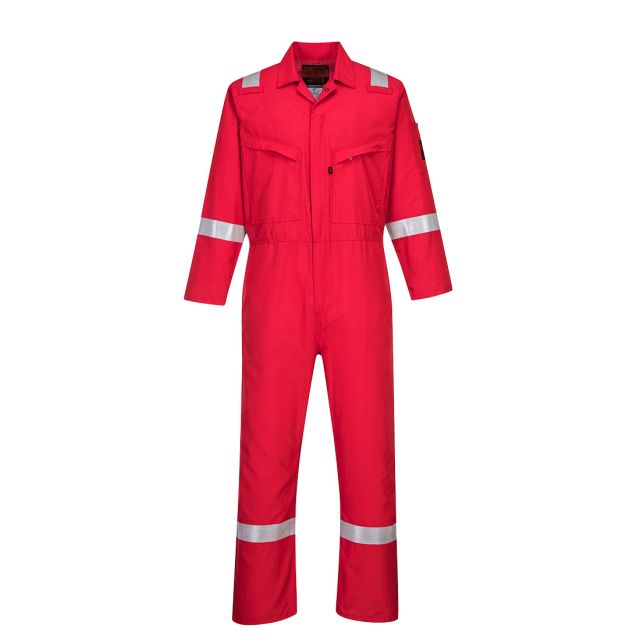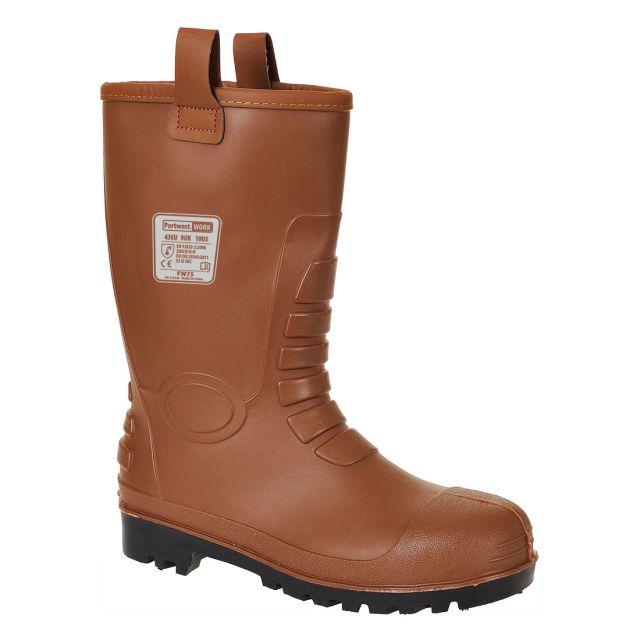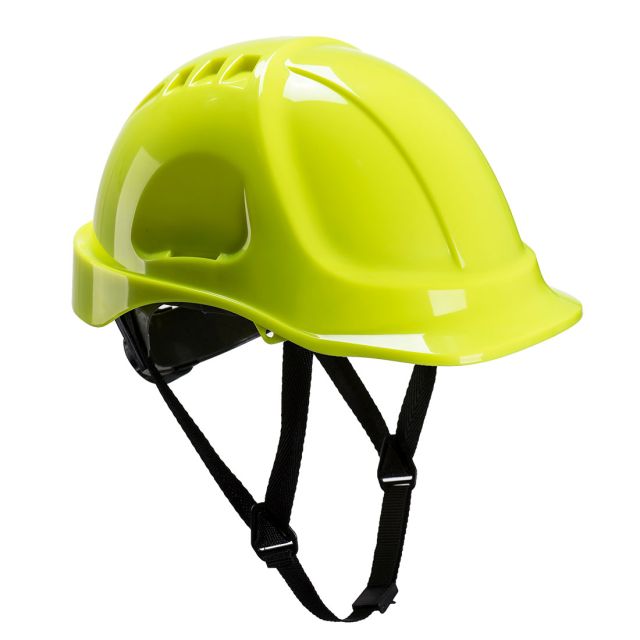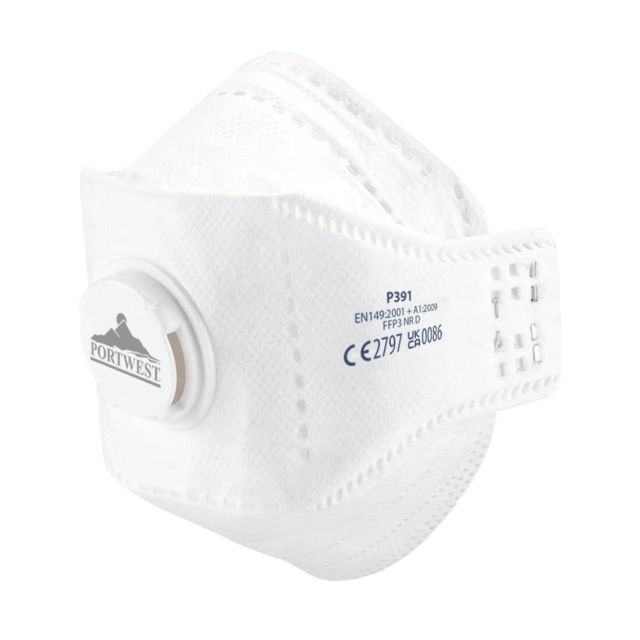The importance of Selecting the Right PPE for Your Industry
Personal Protective Equipment (PPE) is essential for protecting workers from risks in a variety of sectors. From construction to healthcare, choosing the correct PPE is vital for avoiding hazards, complying with regulations, and ensuring worker safety. Different sectors present unique challenges, and it's essential the PPE you choose is suited to the particular risks in each workplace.
This article will look at how to select the correct PPE for a variety of sectors, with a focus on essential equipment such as safety hard hats, gloves, boots, respiratory protection, and high-visibility clothing.
- Page Contents
- PPE in Construction
- PPE in Healthcare
- PPE in Manufacturing
- PPE in Agriculture and Forestry
- PPE in Mining and Quarrying
- PPE in Chemical and Laboratory Environments
- PPE in Oil and Gas Industry
- Why Choose XAMAX® for Industry-Specific PPE Needs?
- Conclusion
PPE in Construction
Construction work presents a wide range of hazards including falling objects, sharp tools, and heavy machinery. Workers are frequently exposed to loud noise from drills and saws, as well as hazardous substances like silica dust and chemicals. For example, using tools like power saws can generate harmful dust, and working in areas with moving vehicles adds the risk of impact injuries.
Key PPE:
- Head Protection: Hard hats are essential to prevent head injuries from falling debris. Make sure they comply with BS EN 397 standards.
- Safety Footwear: Steel-toecapped boots with slip-resistant soles and puncture-proof midsoles are crucial for construction workers.
- Hi Vis Clothing: Construction sites require workers to wear Hi Vis clothing (e.g., vests, jackets) that complies with EN ISO 20471 for visibility near machinery or vehicles.
- Hearing Protection: Ear defenders or earplugs are necessary in areas where noise levels exceed safe limits, complying with the Control of Noise at Work Regulations 2005.
- Respiratory Protection: FFP3 masks or respirators are critical in environments with silica dust, cement, or other airborne hazards. Check for compliance with HSE respiratory protection guidelines.
In 2024, an HSE report highlighted that around half of all workplace fatal injuries were in the construction industry. A large percentage of those were due to being struck by a moving object. Wearing PPE such as hard hats correctly significantly reduces this risk.
PPE in Healthcare
Workers in healthcare settings run the risk of contracting infectious illnesses, coming into contact with bodily fluids, and being injured by sharp instruments such as needles. Additionally, the use of chemicals for cleaning and sterilisation could lead to respiratory dangers. Nurses, for example, who treat patients with infectious diseases need adequate respiratory protection to avoid airborne infections.
Key PPE:
- Gloves: Nitrile or latex gloves are essential for handling patients and preventing contamination.
- Face Protection: Surgical masks, visors, and goggles protect against splashes and airborne particles, especially during procedures that generate aerosols.
- Respiratory Protection: FFP3 masks provide respiratory protection in situations with high exposure to airborne infections, such as during respiratory treatments.
- Gowns and Aprons: Fluid-resistant gowns are essential for protecting skin and clothing from infectious materials.
- Safety Footwear: Anti-slip footwear is crucial in environments where floors are frequently cleaned or spills are common.
During the COVID-19 pandemic, healthcare workers relied on FFP3 masks and gowns to protect themselves from the virus. Research from the British Medical Journal (BMJ) found that appropriate PPE reduced transmission rates among healthcare workers considerably.
PPE in Manufacturing
Workers in manufacturing environments face a variety of dangers, like the operation of heavy machinery, the handling of chemicals, and exposure to excessive noise levels. Workers may also come into contact with sharp objects, which increases the risk of cuts or abrasion. Metal fabricators operating grinders are at risk of eye injuries from flying sparks and debris, as are anyone in their proximity.
Key PPE:
- Cut-resistant Gloves: Workers handling sharp materials need gloves rated according to EN 388, which provides protection against cuts and abrasions.
- Hearing Protection: High-decibel environments require earplugs or earmuffs with an appropriate noise reduction rating (NRR) to prevent noise-induced hearing loss.
- Safety Goggles: For tasks involving welding or grinding, safety goggles or face shields that comply with EN 166 are necessary to protect eyes from flying debris.
- Safety Footwear: Boots with toecap protection and puncture-resistant soles protect workers from falling objects and sharp materials on the floor.
- Hi Vis Clothing: Workers in areas with moving vehicles or forklifts should wear Hi Vis clothing to remain visible, hi vis coveralls are an excellent solution for workers.
According to the HSE, manufacturing businesses had over 46,000 non-fatal injuries in the period 2020-2023, with a large proportion being avoidable with sufficient PPE. The proper use of cut-resistant gloves and safety footwear could have significantly reduced these injury rates.
PPE in Agriculture and Forestry
Agriculture and forestry workers face risks including exposure to heavy machinery, harmful chemicals like pesticides, and physical hazards from handling sharp tools. In outdoor settings, they are also vulnerable to environmental factors such as extreme weather. For example, tree surgeons operating chainsaws are exposed to the risk of serious cuts without the right protective clothing.
Key PPE:
- Head Protection: Workers operating heavy machinery or working in areas with low-hanging objects must wear hard hats compliant with EN 397.
- Gloves: Chemical-resistant gloves, often made from nitrile, are essential when handling pesticides and other agricultural chemicals. Simple rigger gloves for handling would save many minor hand injuries.
- Footwear: Safety wellington boots with steel toes and slip-resistant soles are vital for outdoor work in muddy or uneven terrain.
- Respiratory Protection: Farmers and forestry workers exposed to dust, pesticides, or other airborne contaminants need FFP2 or FFP3 respirators or masks.
- Eye Protection: Safety goggles protect against chemical splashes during pesticide application and mesh visors protect from debris when working with chainsaws.
The HSE reports that the agriculture sector, and the entire UK food supply chain, has one of the highest rates of workplace injuries. Many incidents involving chemical exposure could be prevented by using proper gloves and respiratory protection. Many fatal incidents in agriculture involved moving machinery and even cattle.
PPE in Mining and Quarrying
Workers in mining and quarrying are at danger of being injured by falling rock fragments, as well as being exposed to hazardous gases and dusts. Workers are also at risk when operating heavy machines in confined areas. For example, underground miners working in low-oxygen environments require reliable respiratory protection to avoid asphyxia or damage to the lungs.
Key PPE:
- Respiratory Protection: Workers exposed to dust and harmful gases in mines must use high-quality respirators that meet HSE standards for respiratory protection.
- Safety Helmets: To protect from falling rocks or debris, helmets compliant with EN 14052 (high-performance helmets) should be used.
- Safety Footwear: Steel-toe boots with ankle support and slip-resistant soles are essential for navigating uneven terrain in quarries and mines.
- Hi Vis Clothing: In low-light environments like mines, Hi Vis jackets and trousers ensure that workers remain visible to heavy machinery operators.
A HSE article on the quarrying industry emphasised the importance of proper respiratory protection, particularly in reducing the risk of developing silicosis, a lung disease caused by inhaling silica dust.
PPE in Chemical and Laboratory Environments
Working in chemical laboratories exposes the worker to dangerous compounds, the risk of chemical spills, and the likelihood of fires or explosions. Workers are also exposed to biological agents in research environments. For example, scientists who work with caustic chemicals require protection to avoid burns from accidental spillage.
Key PPE:
- Chemical-Resistant Gloves: Nitrile or butyl rubber gloves protect hands from chemical exposure and should be selected based on the specific chemicals being handled.
- Safety Goggles: Workers handling hazardous chemicals must wear goggles that comply with EN 166 to prevent chemical splashes from reaching the eyes.
- Lab Coats or Chemical Suits: Full-body protection is required when dealing with dangerous chemicals, ensuring that clothing and skin are protected.
- Respiratory Protection: FFP3 masks or powered air-purifying respirators (PAPRs) should be used when handling volatile chemicals or working in environments with harmful fumes.
- Safety Footwear: Chemical-resistant boots are essential to prevent exposure to harmful substances.
To avoid incidents such as chemical burns and respiratory diseases, the HSE enforces tight guidelines on chemical handling and the use of personal protective equipment in laboratory settings.
PPE in Oil and Gas Industry
Fire, explosions, and exposure to dangerous chemicals are all serious concerns in the oil and gas industry. Workers may also be exposed to extreme weather conditions, such as high heat or cold. For example, offshore drilling activities expose workers to both dangerous substances and extreme weather, requiring the use of suitable personal protective equipment.
Key PPE:
- Flame-Resistant Clothing (FRC): Workers exposed to fire risks must wear flame-resistant garments compliant with EN ISO 11612 for protection against heat and flames.
- Respiratory Protection: Respirators are necessary for protection against gases like hydrogen sulfide (H2S), common in oil and gas extraction.
- Hearing Protection: Drilling rigs and other machinery often operate to intense noise levels, making hearing protection essential for preventing long-term hearing loss.
- Safety Helmets and Gloves: Helmets and oil-resistant gloves protect workers from impact and burns while handling equipment.
- Safety Footwear: Anti-slip, steel-toe boots protect against falling objects and slippery conditions. Workers on Oil rigs have the specially designed Rigger Boot, designed to be easily removed should the wearer enter the water.
The International Association of Oil and Gas Producers (IOGP) have emphasised the importance of flame-resistant clothing in preventing serious burns from accidents during refinery operations.
Why Choose XAMAX® for Your Industry-Specific PPE Needs?
When it comes to selecting the right Personal Protective Equipment (PPE) for your industry, you need a supplier who understands the unique challenges and risks associated with different sectors. XAMAX® is more than just a PPE supplier—we are a trusted partner that helps ensure your workers have the protection they need, tailored to the specific demands of your industry.
Industry Expertise You Can Trust
From construction sites to manufacturing plants, engineering firms to logistics operations, XAMAX® has decades of experience providing industry-specific PPE solutions. We understand that every sector has its own set of risks, whether it’s high-visibility clothing for logistics, cut-resistant gloves for engineering, or respiratory protection for manufacturing. Our expert team is always ready to help you select the PPE that’s right for your environment, ensuring you stay compliant with the latest UK safety regulations.
Wide Range of Certified PPE
At XAMAX®, we stock a wide variety of certified PPE, from protective footwear and eye protection to specialised gloves and helmets. We ensure that all of our products are fully compliant with UK standards and regulations, so you can trust the safety and quality of the equipment you’re providing to your employees. Our range covers all key areas of PPE, allowing us to offer complete solutions that meet your industry's specific needs.
Customisation for Safety and Branding
Beyond compliance and safety, we offer custom branding for PPE, particularly Hi Vis clothing, so your team can stay safe while promoting your business.
Our customisation services allow you to print or embroider your company logo onto your workers' safety gear, making sure your team not only adheres to safety regulations but also stands out with a professional look.
Reliable and Efficient Supply Chain
XAMAX® takes pride in offering fast, reliable delivery for all our PPE products. We understand the urgency of keeping your workforce safe, which is why we ensure that you receive the equipment you need on time, every time.
No matter the size of your order—whether it’s a small batch or a bulk purchase—you can rely on us to support your PPE needs without delay.
Conclusion
Choosing the appropriate PPE for your sector requires a thorough evaluation of the unique hazards present in your workplace.
The risks differ substantially between sectors, so PPE must be tailored to provide proper protection.
Following HSE guidelines and complying with industry-specific regulations will help you maintain a safe working environment.







